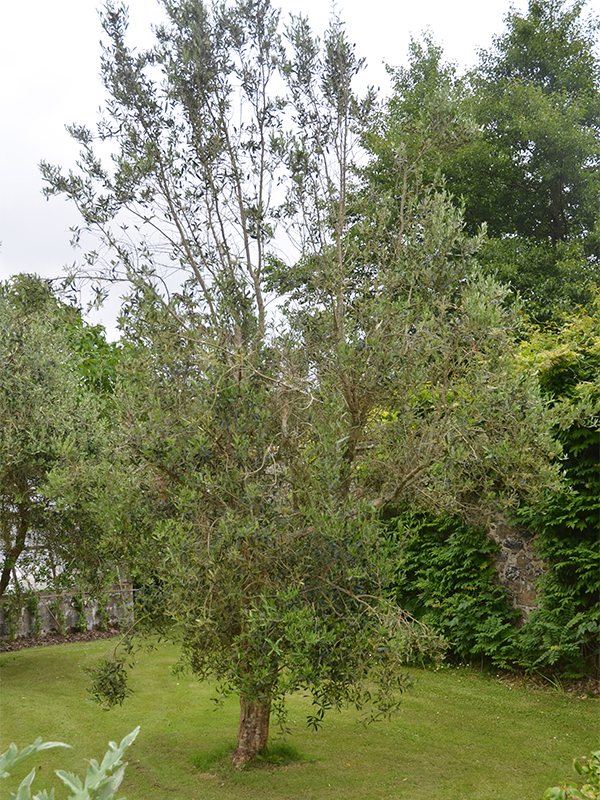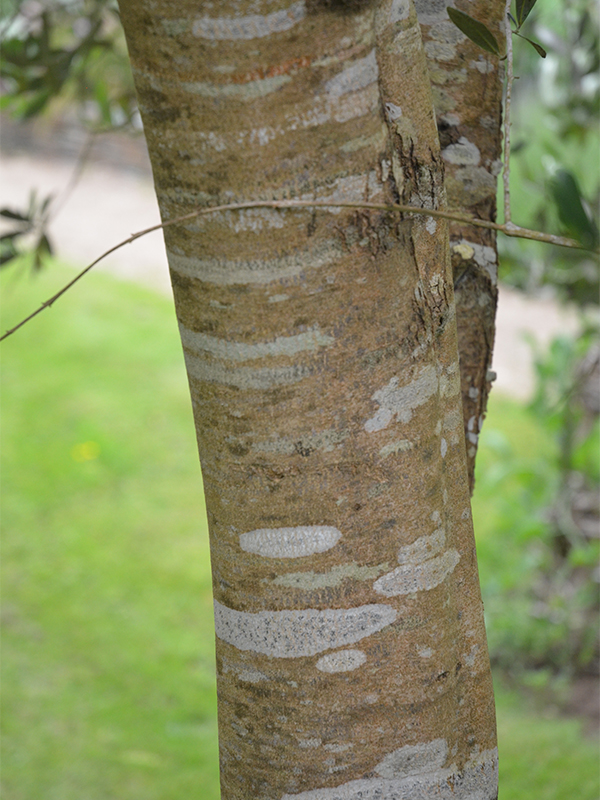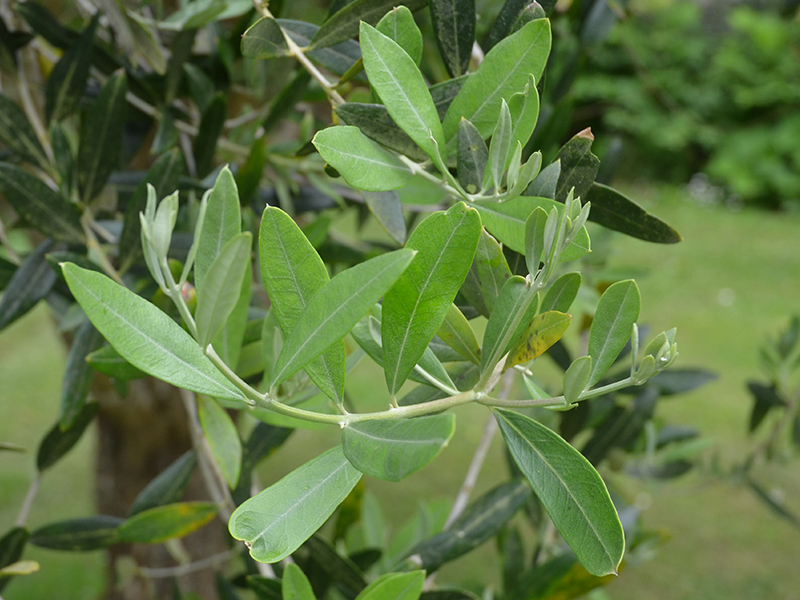| Shape | Short and squat. |
| Landscape | A plant of great economic importance and also does well to stabilize dry, hilly soils. |
| Propagation | Olea europaea is propagated in the spring from softwood cuttings with bottom heat or from seed. |
| Cultivation | Olive trees can grow in nutrient-poor, but well-drained soils. They require full sun for fruit production, but also need a slight winter chill for the fruit to set. |
| Pests | Cycloconium oleaginum (fungus), Pseudomonas savastanoi pv. oleae (bacterium). Certain lepidopterous caterpillars, olive fly, black scale bug, curculio beetle and rabbits can all be problems in olive orchards. Xylella a bacterial disease is a serious threat to many horticultures crops due to its virulence and wide range of species it can infect. It can infect more than 560 species with wide ranging symptoms including leaf scorch, yellowing and scorching, wilt, branch and twig dieback and plant death. These symptoms can be identical to other symptoms such as drought and weather stress. Infected plants show symptoms within a few years after planting. |
| Notable Specimens | The Mac Cuddy Botanic Garden, Strathroy, Ontario, Canada. Niagara Parks Botanical Gardens, Niagara Falls, Ontario, Canada. |
| Bark/Stem Description | The trunk is typically gnarled and twisted. |
| Leaf Description | The silvery green leaves are oblong in shape, measuring 4–10 cm long and 1–3 cm wide. |
| Flower Description | The small, white, feathery flowers, with ten-cleft calyx and corolla, two stamens and bifid stigma, are borne generally on the last year's wood, in racemes springing from the axils of the leaves. |
| Fruit Description | The fruit is a small drupe 1–2.5 cm long, thinner-fleshed and smaller in wild plants than in orchard cultivars. Olives are harvested in the green to purple stage. Canned black olives may contain chemicals (usually ferrous sulphate) that turn them black artificially. |


